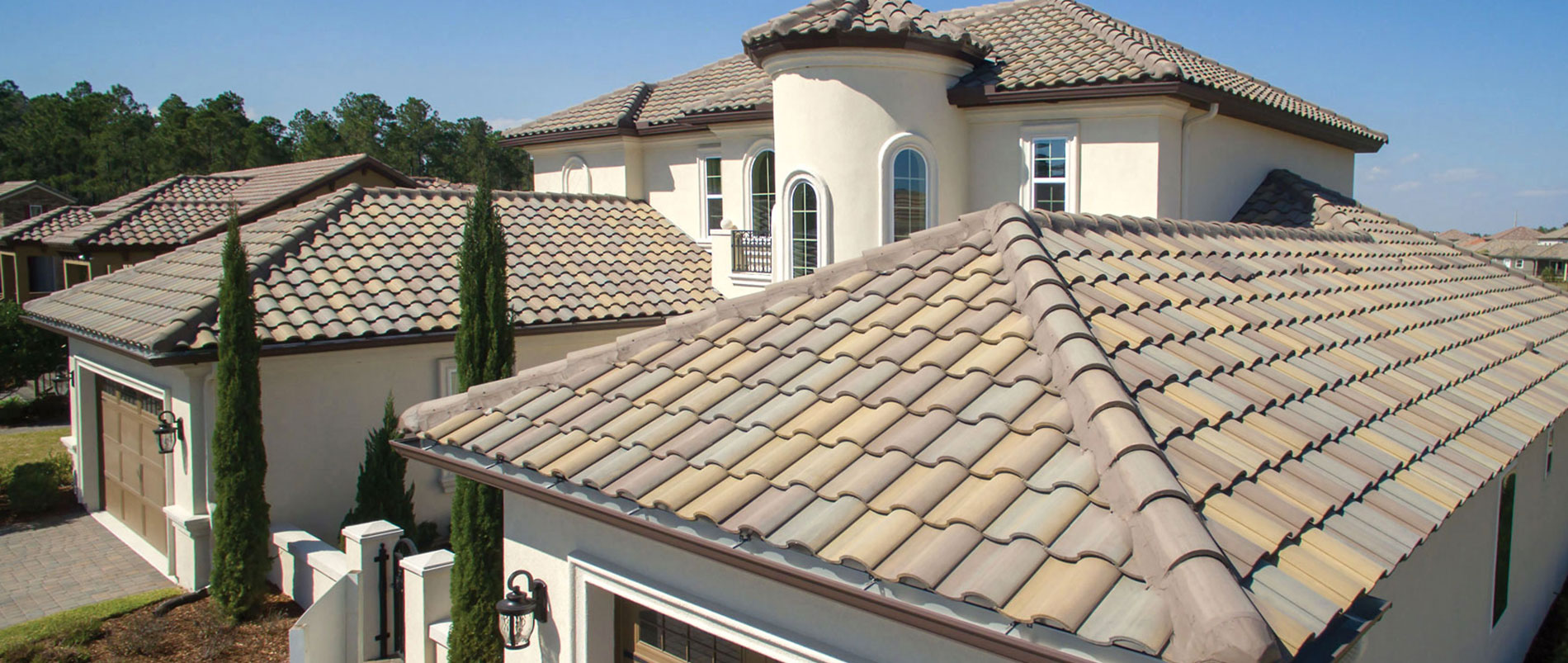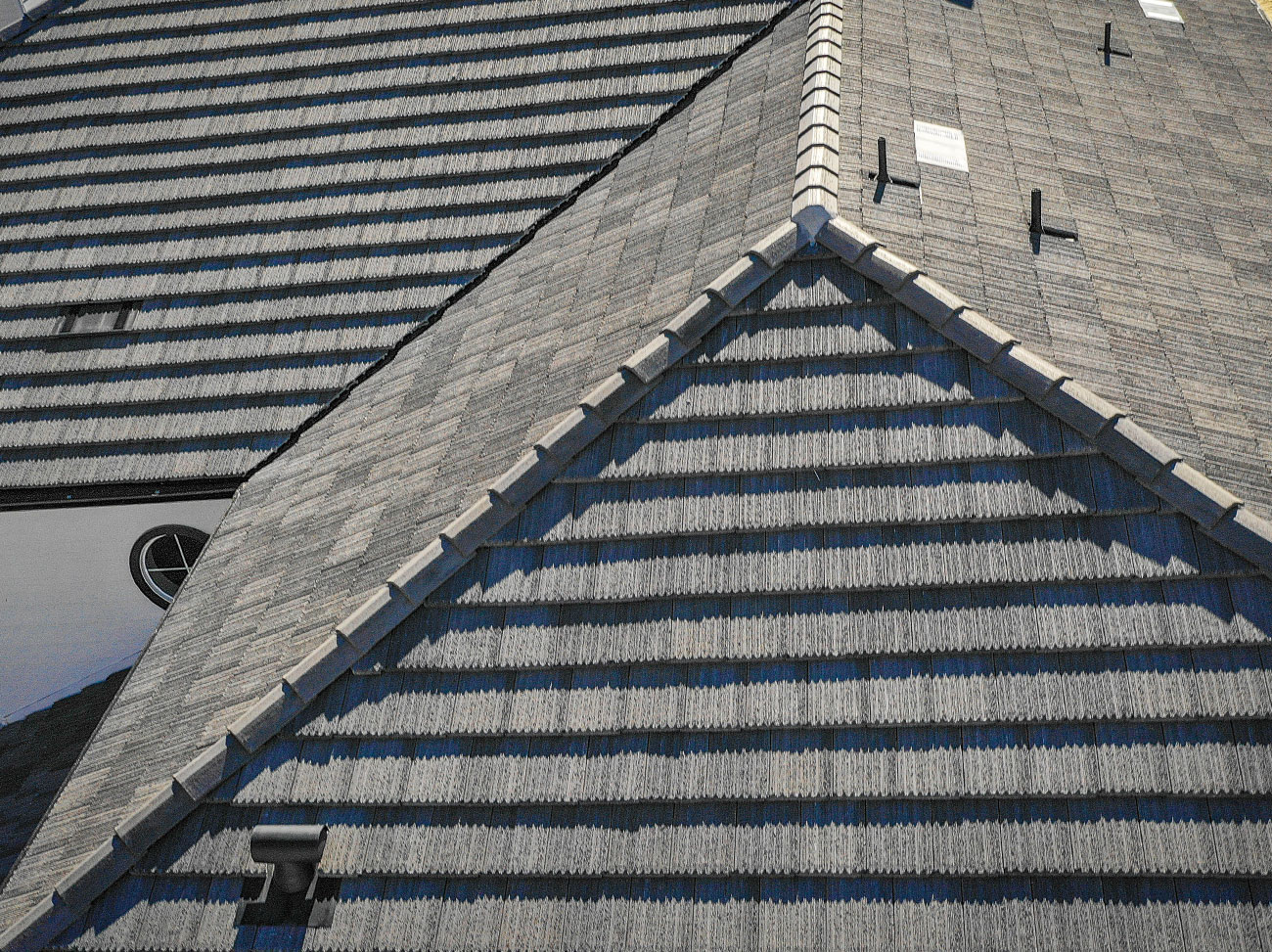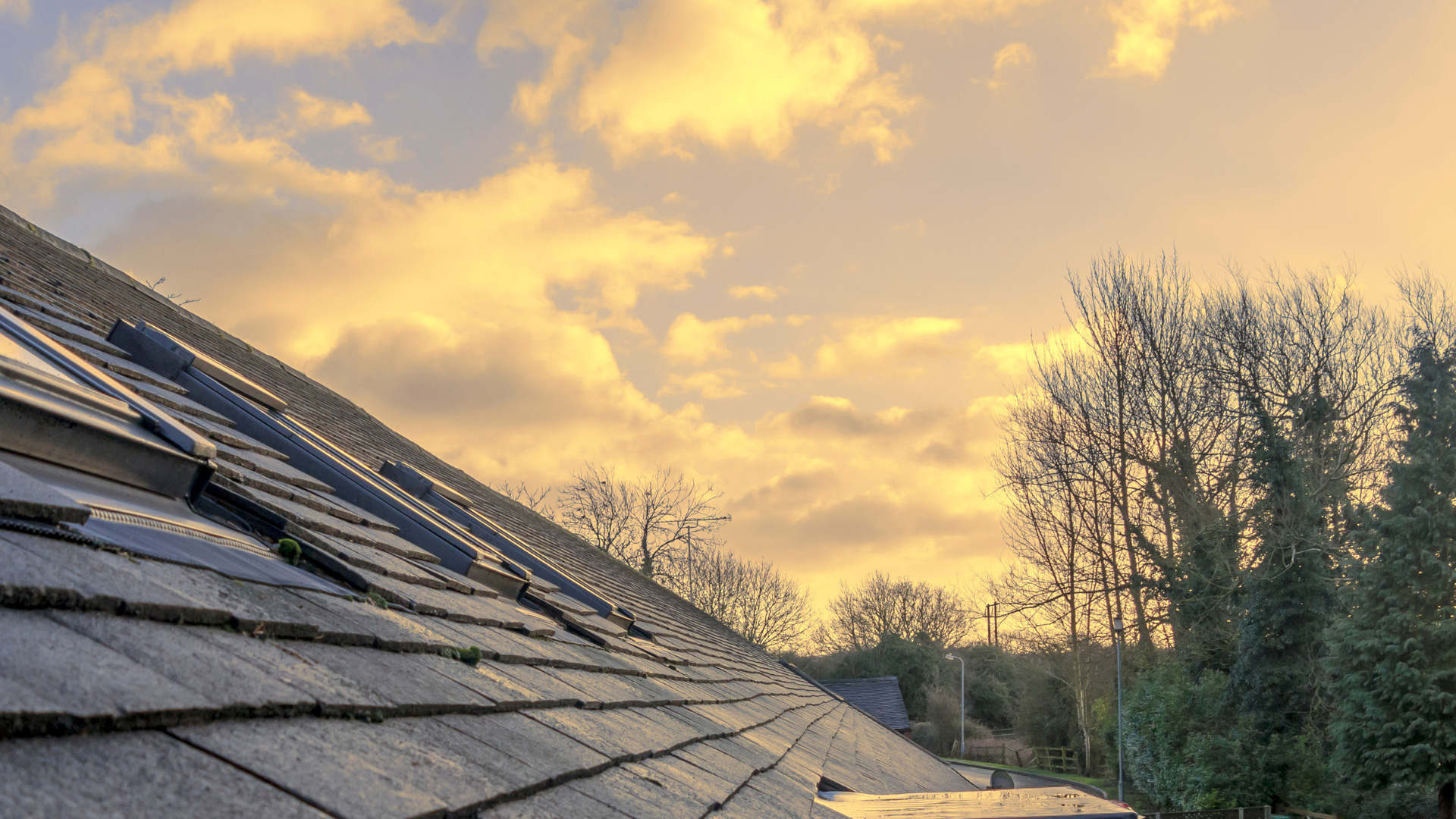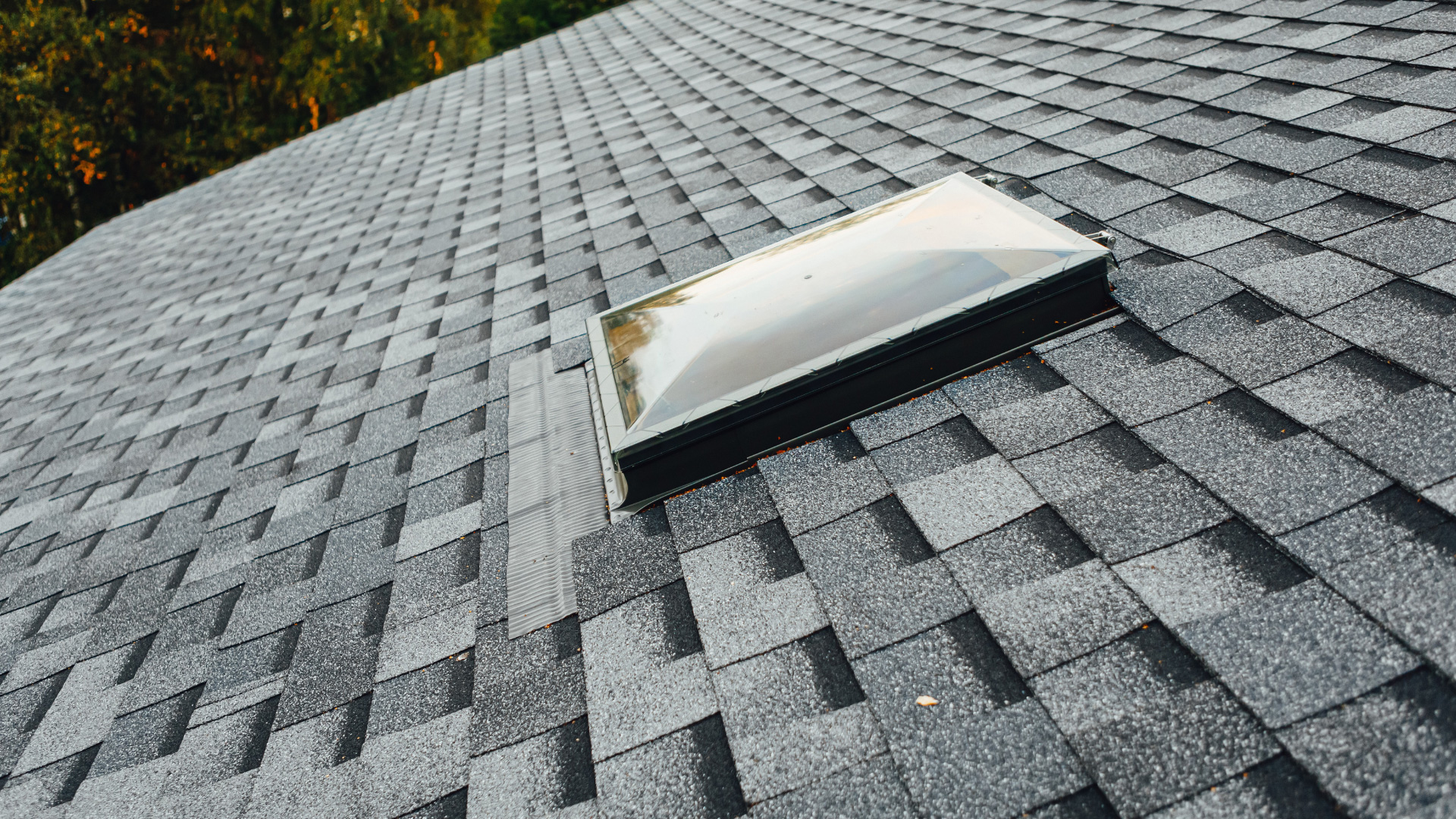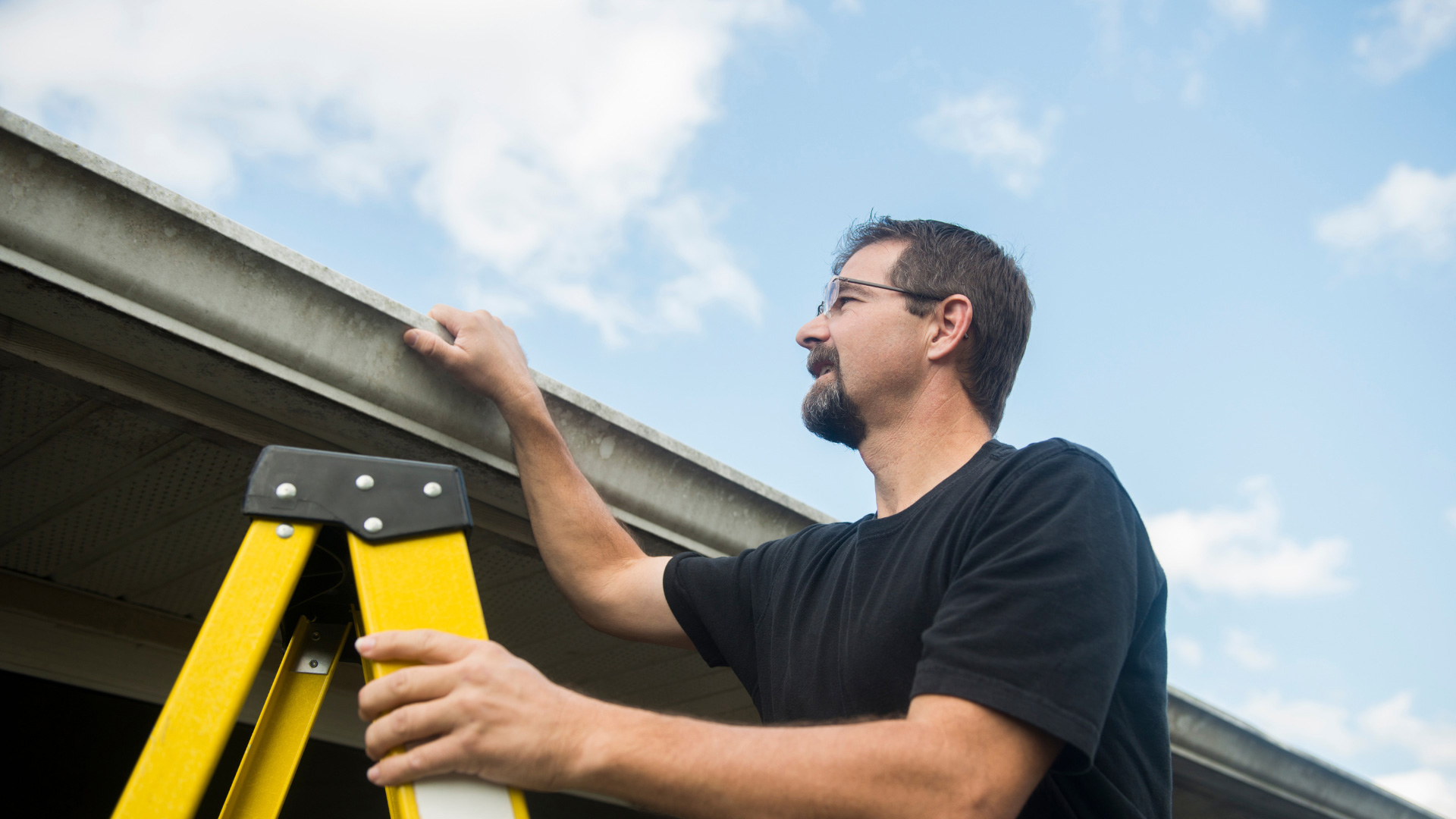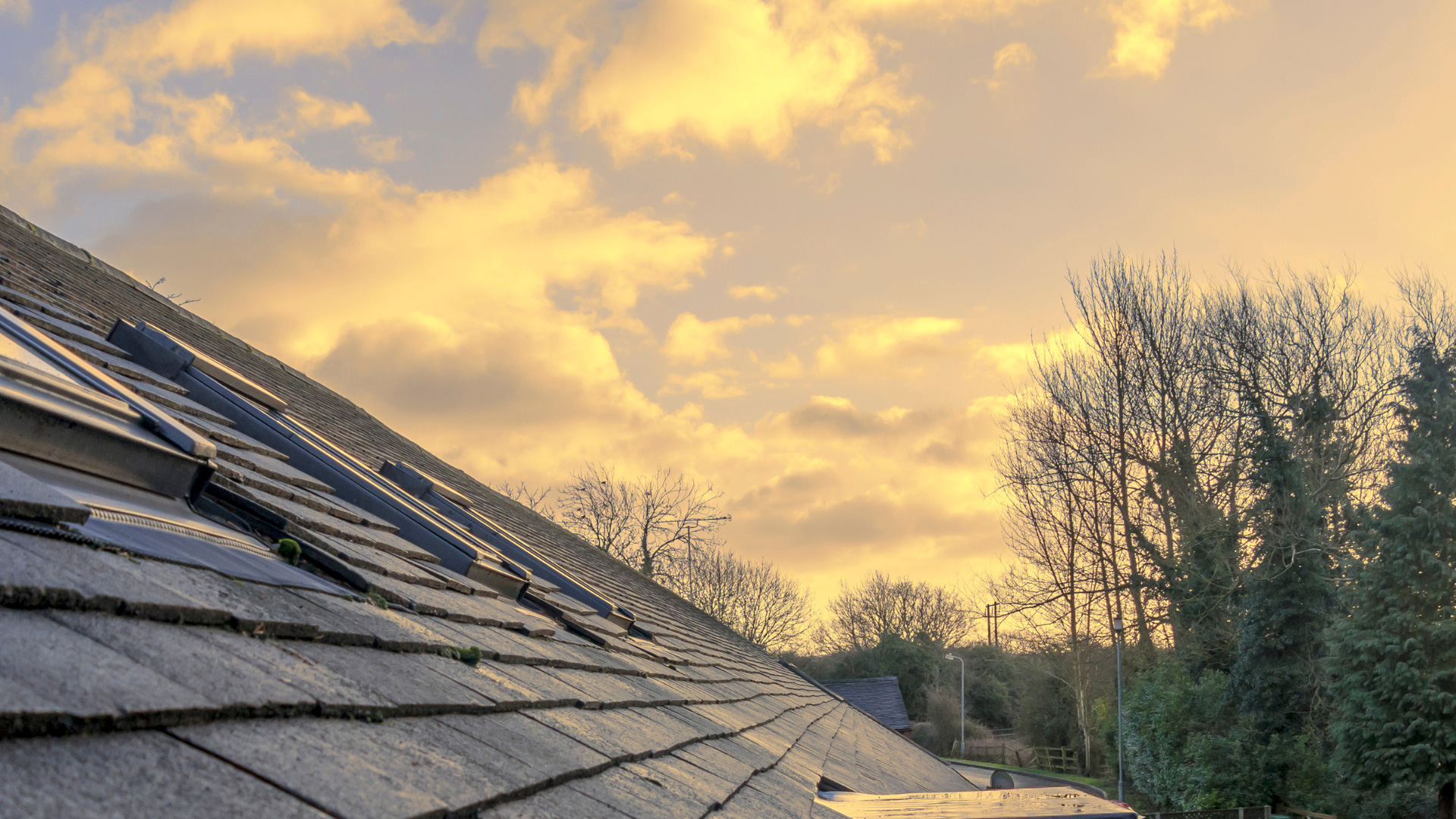Roof leaks in heavy rain can be stressful for you and your family. It is impossible to know the exact cause of your roof leak without an inspection. This article discusses several common causes of roof leaks during heavy rain and how to fix this issue.
What Are the Causes of Roof Leaks in Heavy Rain?
There are different causes of roof leaks in heavy rain. Here are some of them:
- Damaged or Missing Shingles: High winds and heavy rain can cause shingles to become loose or break off. This can leave the underlying roof deck exposed and vulnerable to water infiltration.
- Clogged Gutters and Downspouts: Heavy rain can overwhelm clogged gutters and downspouts. This can cause water to overflow and seep under the shingles.
- Improper flashing: Flashing is the metal or plastic material used to seal around vent pipes, chimneys, and other roof penetrations. If the flashing is not installed correctly or becomes loose, water can seep in.
- Damage from debris: Fallen branches, leaves, and other debris can scratch or puncture a roof, creating openings for water to enter.
- Pooling water: During heavy rain, low spots on the roof can collect water. This water can then seep under shingles and into your home.
- Age and wear: An older roof may not be able to withstand heavy rain as well as a new one, especially if it’s been a while since the last inspection.
- Lack of proper ventilation: A poorly ventilated roof can trap moisture and heat, leading to leaks in heavy rain.
What Steps Can You Take if you Experience Roof Leaks in Heavy Rain?
If you have roof leaks during heavy rain, it is important to take immediate action to prevent further damage to your home. Here is what to do when your roof starts leaking:
- Locate the source of the leak. Look for water stains on the ceiling or walls, or check the attic for signs of water infiltration. Try to identify the specific area of the roof where the water is coming in.
- Place a bucket or container under the leak. This will catch the water and prevent it from causing further damage to your ceilings, walls, or floors.
- Call a professional roofing contractor. If you are unsure of the cause of the leak or cannot fix it yourself, it is best to call in a professional to assess the damage and make the necessary repairs.
- Document the damage and contact your insurance company if needed. Take photos of the damage and document any repairs. Contact your insurance company to file a claim if the leak results from a covered event (such as a storm).
- Replace your roof. Older roofs will spring leaks from time to time. This can happen because of underlying structural damage or because the shingles have worn down or sustained damage. The best way to ensure that you have fixed the problem for good is to have a full or partial roof replacement.
Contact Solar Optimum for Unrivaled Roofing Solutions
While roof leaks in heavy rain can be stressful, calling a professional to inspect and fix your roof will help get your home back to normal. Remember that a leaking roof can signify a bigger issue, so don’t neglect it.
Solar Optimum is your one-stop shop for all your roofing solutions. Contact us today or call us at (800) 552-9970!

